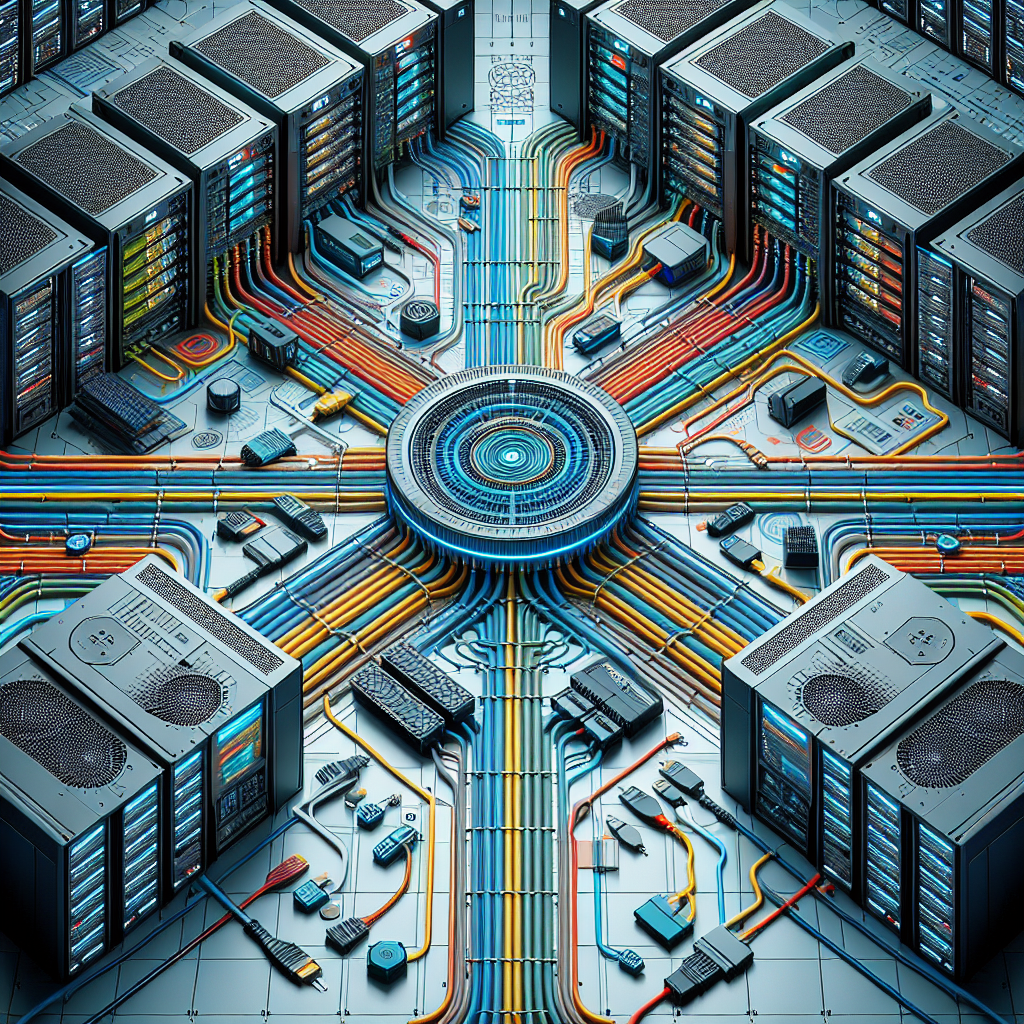Tips for Upgrading and Maintaining Data Center Cabling Systems
Data center cabling systems are a crucial component of any IT infrastructure, as they are responsible for connecting servers, storage devices, networking equipment, and other critical components. As technology continues to advance at a rapid pace, it is important for organizations to regularly upgrade and maintain their cabling systems to ensure optimal performance and reliability. In this article, we will discuss some tips for upgrading and maintaining data center cabling systems.
1. Plan for Future Growth: When upgrading your data center cabling system, it is important to plan for future growth and scalability. Consider the current and future needs of your organization, and design a cabling system that can easily accommodate additional equipment and higher bandwidth requirements. This will help prevent the need for frequent upgrades and reduce downtime in the long run.
2. Use High-Quality Cables and Components: When upgrading your cabling system, be sure to use high-quality cables and components that are designed for data center environments. High-quality cables and connectors will help ensure reliable performance and minimize the risk of signal interference or data loss. Invest in cables and components that meet industry standards and have been tested for compatibility with your existing equipment.
3. Organize and Label Cables: Proper cable management is essential for maintaining a clean and organized data center environment. When upgrading your cabling system, take the time to properly organize and label cables to make it easier to troubleshoot issues and make changes in the future. Use cable management tools such as cable trays, racks, and labels to keep cables neat and tidy.
4. Regularly Inspect and Test Cables: To ensure the reliability and performance of your data center cabling system, it is important to regularly inspect and test cables for signs of wear or damage. Conduct visual inspections of cables and connectors to check for any signs of fraying, bending, or corrosion. Use cable testing tools to verify signal integrity and identify any potential issues before they cause downtime.
5. Implement a Maintenance Schedule: Establish a regular maintenance schedule for your data center cabling system to ensure that it is properly maintained and functioning at optimal levels. Schedule routine inspections, cleaning, and testing of cables to identify and address any issues proactively. Regular maintenance will help extend the lifespan of your cabling system and reduce the risk of costly downtime.
In conclusion, upgrading and maintaining data center cabling systems is essential for ensuring optimal performance and reliability. By following these tips, organizations can improve the efficiency and effectiveness of their cabling systems and minimize the risk of downtime. Investing in high-quality cables and components, planning for future growth, organizing and labeling cables, regularly inspecting and testing cables, and implementing a maintenance schedule are all important steps in keeping data center cabling systems in top condition.


